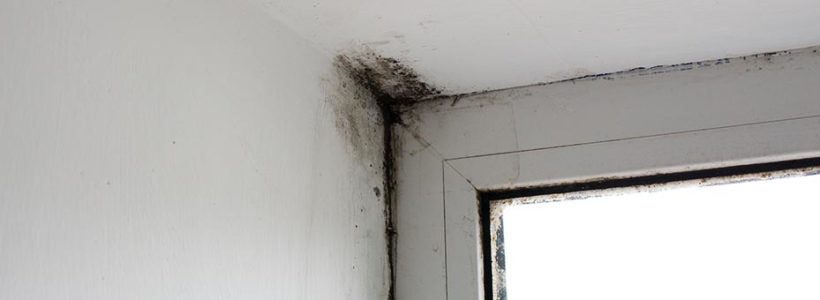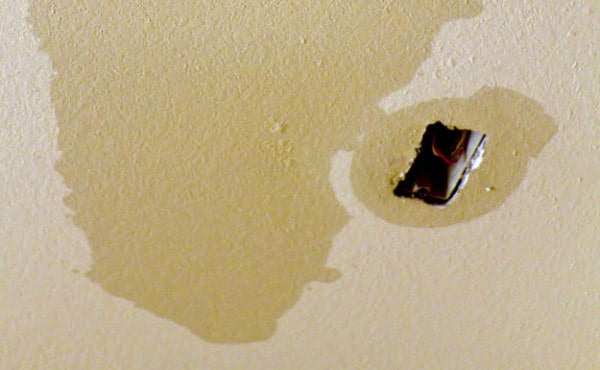Steps to Inspect and Repair Water Stains on Walls
Steps to Inspect and Repair Water Stains on Walls
Blog Article
They are making a few good pointers relating to How to Remove Water Stains from Walls and Ceilings as a whole in this post below.

Water spots on wall surfaces are not positive to the eyes. Occasionally it seems practically unpreventable to experience water stains on wall surfaces in homes.
Property owners living in damp regions continuously deal with the worry of water spots on walls. With accurate and well-rounded information on the causes of water discolorations and also punctual fixing procedures, you will certainly constantly be a step in advance of such events.
3 Usual Root Causes Of Water Spots on Walls
As opposed to popular belief, water stains on wall surfaces do not constantly come from bad building materials. There are numerous sources of water spots on walls. These include:
Damp
When warm damp air consults with dry cold air, it creates water beads to form on the walls of structures. This occurs in restrooms and kitchens when there is steam from cooking or showers. The water beads can discolor the surrounding walls in these parts of your residence as well as spread to various other areas.
Damp or condensation influences the roofing system and wall surfaces of buildings. This causes them to show up darker than other locations of the house. When the wall is wet, it develops an appropriate environment for the development of microbes and also fungi. These might have unfavorable impacts on health, such as allergic reactions and respiratory system conditions.
Poor Drainage
This will certainly protect against water from seeping right into the walls. This links to too much wetness that you discover on the wall surfaces of your building.
So, the leading root cause of damp walls, in this situation, can be an inadequate drainage system. It can also be because of inadequate management of sewage pipelines that go through the building.
Pipe Leaks
A lot of residences have a network of water pipes within the walls. This makes sure that the pipelines are well away from the reach of damaging rodents. It constantly raises the viability of such pipes, as there is little oxygen within the wall surfaces. This inhibits corrosion.
Yet, a disadvantage to this is that water leak influences the walls of the building and triggers extensive damages. An indication of defective pipes is the appearance of a water discolor on the wall.
Pro Idea
A houseplant in your house likewise boosts its moisture. If the residence is currently moist, you might desire to present houseplants with very little transpiration. An example of suitable houseplants is succulents.
Water Stains on Wall: Repair Tips
Homeowners would generally want a quick fix when dealing with water stains. Yet, they would soon realize this is disadvantageous as the water stains reoccur. Here are a few handy pointers that will certainly direct you in the repair of water discolorations on wall surfaces:
Conclusion
Although no person wishes to have water stains on walls in their house, it can happen to the most effective of us. This article offers you leverage, as you currently know just how to handle this problem if it does happen.
It is constantly best to recruit specialist services to aid repair the problems in your home.
Often it seems nearly inevitable to experience water spots on wall surfaces in houses.
In contrast to popular idea, water stains on walls do not constantly stem from poor building products. There are numerous causes of water spots on walls. The water droplets can tarnish the surrounding walls in these components of your home as well as spread to various other areas.
Right here are a couple of useful ideas that will direct you in the fixing of water stains on walls:
How to identify and deal with water spots on walls and ceilings
Where is water coming from?
Where is the water coming from? Is the roof above it? Or how about a bathroom? Potentially a leaky pipe? Whatever is up, it s wet. Repairs cannot be attempted until the source is identified and the necessary repairs made. Otherwise, repairs are moot. The water stain will just come back.
Many times the repair is simple. A common source is water seepage. A shower pan or piping that once had be caulked could have sprung loose causing a slowly leaking pipe. Address potential piping issues before proceeding.
If it s the roof that s up, check it for leaks. Roof water is not always attributed to a roof problem. Depending where in the country you are located, you could be looking at an ice dam, which means new insulation and repairs. Roofs can leak, shingles can slip. Again, the repairs must be made before any patch work can happen inside.
Why is there a water spot?
Water stain repairs always come last. Repairing a water stain inside your home before addressing the issue is going to lead to disappointment. Repairs will quickly be taken apart by a continuous leak. You will need to see how wet the area actually is. Potentially, you could be looking at taking out a piece of the ceiling or drywall to get down to a dry bones before moving forward. If you neglect this step, you are sure to have bleed through on the repair.
How to go about fixing the problem?
Clean.
Once the underlying cause of the stain is dealt with, you can begin by cleaning the stain with bleach. Mix one cup of bleach with three cups of warm water and wipe the wall down. This mixture will also remove any leftover mildew, dirt or dust that could prevent a good paint job. Rinse the solution off with a spray bottle and towel.
Prep.
Get a drop cloth set up on the floor below your project. If the mess is on a ceiling, protective gloves and goggles will be crucial. After the area is dry, tape off any areas, like trim, you want to keep paint-free.
Prime.
Use a good quality base coat of stain-blocking primer. Your ceiling is probably painted with an interior latex paint, meaning it is water soluble. Water will destroy this kind of paint and cause lingering issues with your job. The base coat will block this from happening again in the future.
Paint.
After ample drying time, apply at least two coats of ceiling paint, with drying time in between. Oil-based ceiling paints will contain more volatile organic compounds (VOCs) and fumes, so take precautions not to expose yourself to this paint for too long.
Your ceiling should look pristine a new. Provided the problem has been completely solved, there will be no returning halo in your paint job.

Hopefully you liked our post about Indicators of Water Damage Behind Walls. Thanks so much for taking the time to read through our posting. Those who enjoyed reading our post please don't forget to pass it around. I cherish reading our article about How to Find and Repair Water Leaking in the Wall.
Call Today Report this page